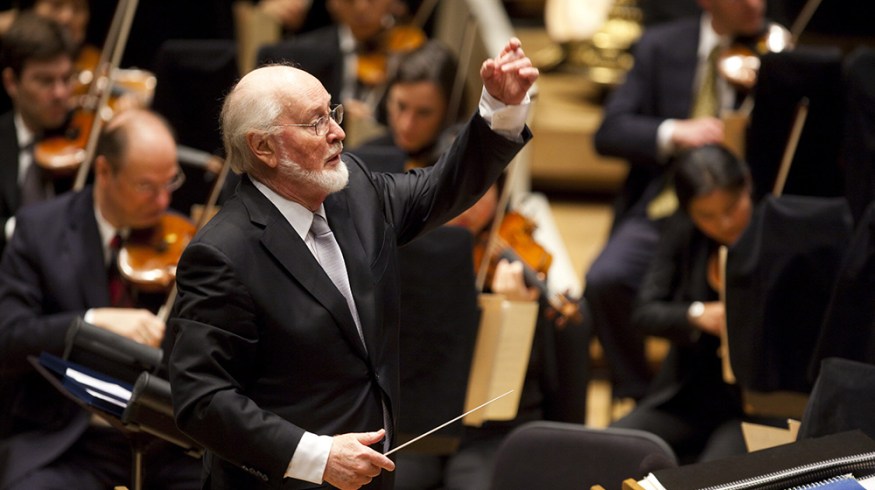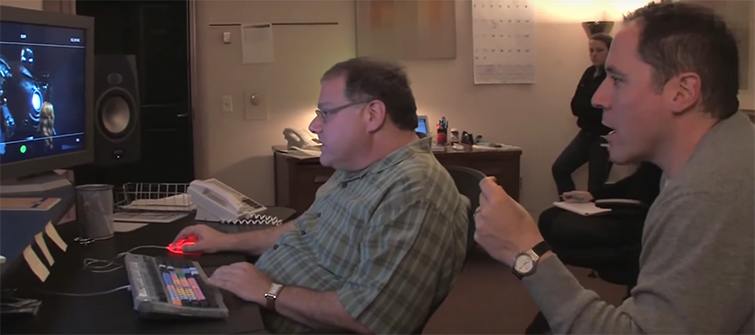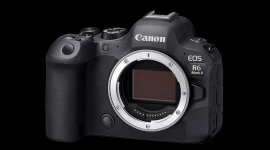
Film Scores: Are They Getting Better or Worse?
Watch as two video essay maestros clash in good fun while arguing the pros and cons of contemporary film scores.
Top image via Journal Sentinal.
When you ask most people to sing a tune to a classic film (mostly John Williams), they sing without fail. But if you ask them to sing a theme from the Marvel Universe, it’s not so easy.
Is this because the world of contemporary film music is overlooked due to the textural focus rather than the melodic focus? Is the digital age of film music a more sustainable and accessible medium to create a musical landscape? Or are the classics just untouchable? Here we’ll look at two video essays discussing the differences between classic and modern-day film scores.
The Classic Film Scores
In most contemporary films today, the music serves a little differently. The functions behind it have shifted.
What’s noticeable is that the film scores are just an enhancement of the sonic environment. While there are film scores out there that do provoke a particular emotion, others merely sit in the background. Finding the right way to have the score engage with the audience in emotional moments can be challenging.
Traditionally speaking, a “Main Title” theme encloses the film’s tone and what is to come. The Main Title will include fragmented melodic ideas that crop up throughout the film. This is a similar structure to how an overture works in opera. This allows for a more engaging experience as those familiar themes heard in the opening come back. The cohesiveness is a goldmine for embodying the mood.
The more critical element to take away from classic movies is the prominence of the “leitmotif.” This is a theme that’s tied to a specific character or place. It drives the character’s narrative forward, creating a foundation for the music to build upon for certain moments.
Here’s a video from Studio Binder explaining this composition technique.
The Marvel Symphonic Universe
Sometimes there will be scenes that lack breathing space for the music to be heard. There will be either dialogue or other sound effects, which may disturb the listening experience. By doing so, the audience misses out on that emotional or atmospheric engagement.
By breaking down scenes from Iron Man, Captain America, and Thor, Zhou demonstrates how the film scores (or lack thereof) could benefit from a few subtractions or mood changes. The Captain America clip proves incredibly frustrating after Zhou shows what could have been.
The video also discusses how music shouldn’t be heard in modern-day films. An interesting argument to consider is whether the audience should notice the non-diegetic theme or whether it should seamlessly blend with the on-screen atmosphere. Some food for thought…
After the release of Every Frame a Painting’s excellent breakdown of why current film scores lack the enduring appeal of classics like Star Wars, Dan Golding released a response video to Tony Zhou’s original piece while posing some new questions about the current state of film scores.
Temp Music

The central focus of the video essay shifts halfway through to temp music. This happens before the soundtrack has been composed. To put it simply, temp music is a score from a previously released film placed into the rough edit of the current production.
The similarities between 300 and Titus are surprising and undeniable. They serve to further Zhou’s point of how lazy scoring has become. Similarly, while Mad Max: Fury Road‘s shredding guitars might have been the more memorable musical cue, there were still plenty of other sections that recalled Captain America: The Winter Soldier.
We see composers such as Alexandre Desplat explain how directors will watch and listen to the temp track in the edit over repeatedly. This in turn leads to influencing their mindset. Then, commissioned composers essentially fall into a trap. Then they compose music that isn’t necessarily “original” to them as a creative.
Zhou closes his argument by saying that reused scores, temp music, and unmemorable cues stem from the same place—playing things safe.
The Theory of Film Music
Now let’s take a look at the other side of this argument. Dan Golding responded to Tony Zhou’s video stating how classic movie scores aren’t all that original. Although the Star Wars theme is the main focus of Zhou’s overall message, Golding concludes that the iconic Star Wars score wasn’t that unique in the first place.
Looking at the Star Wars theme in particular, it isn’t that original. Golding compares it to the music from 1942’s King’s Row and 1963’s How The West Was Won.
Williams’ work also has been found to have similarities with other standalone pieces. The music from Star Wars IV: The Dune Sea of Tatooine is a carbon copy of Igor Stravinsky‘s The Rite Of Spring. The similarities are very noticeable. However, the film was still executed creatively and with a unique twist.
Composing Through The Computer
Golding goes on to discuss legendary contemporary composer Hans Zimmer. Zimmer changed the game of scoring films and pioneered how computers are utilized. The director could hear the music as it was being produced/composed. They can make changes or be more involved with the process, all while editing the film at the same time. This workflow was groundbreaking, and many composers have followed suit.
In a more traditional light, Golding talks about John Williams’ process for scoring Star Wars and the problematic nature of recording scores back in the day. The high costs of paying musicians, all the recording equipment, and the logistical issues of timing made it a long and meticulous process.
Having the technological aspect of composing: using synths, DAW and VSTs, the composing process is more condensed and accessible. The director can see the progress and can indicate any changes necessary a lot quicker. The composing process becomes more hands-on and also more personal. Composers hear the full playback in their own home or studio space.
Hans Zimmer explains that, by using computers, he can personally touch every note in the score himself. By doing this, “you end up creating a landscape of sound rather than melodies and harmonies.” A key component of today’s approach is the low price that comes with this method.
And, hey. If you find yourself in need of some epic, cinematic music for your next film score (and you don’t have that Hans Zimmer money), PremiumBeat’s got you covered.
For more on music, check out the links below:




